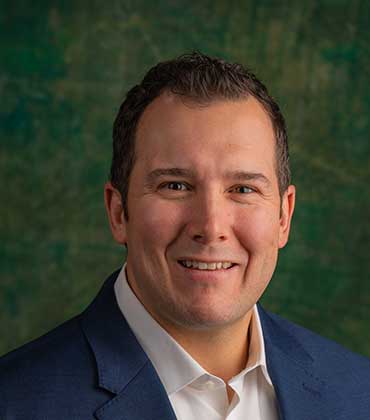Many people don’t know that addiction tends to be the symptom of something more significant regarding mental health. Treating addiction also includes a necessary awareness of other comorbid mental health disorders, such as anxiety, depression, and PTSD. When clients enter a treatment facility, it’s crucial that they are screened for other conditions beyond just addiction because underlying mental health disorders can completely change how health care providers treat their clients.
Screen Your Clients Before Treating
Treatment centers often ask clients questions that allow counselors and other health care practitioners to know the ins and outs of their mental health situation. Many counselors already screen clients for common mental health disorders such as anxiety and depression. Others also ask questions related to adverse childhood experiences (ACEs). This helps them understand the basics of what might be underlying psychologically. As your client opens up to you, there might be more uncovered.
Screening involves considering the client’s background, including their family, friends, health, marital status, trauma, and work histories. Additionally considered are mental health disorders they might already be diagnosed with. Screening should also include their living situation and medical history. When screening your client, assess the severity of their mental health diagnosis and substance use disorder (SUD) diagnosis before creating a treatment plan.
Trauma-Informed Treatment
Due to research showing the close relationship between PTSD and addiction, treatment centers are beginning to require trauma-informed care. Many places don’t treat just the addiction, but everything underneath. The question is no longer, “What is wrong?” Instead, it is: “What Happened?” Clients are now often taken in and cared for under the assumption that they have existing PTSD from a past traumatic experience.
It’s important to lead with the assumption that a client has experienced trauma in the past, as many clients don’t open up right away. If a client has PTSD, it might not be known yet what their triggers are. This can help health care practitioners know how to interact with clients while considering where their behavior might stem from. Eventually, a client may open up when they are ready, and the healing can begin.
Educate Your Client on Both Disorders
If your client has tested positive in mental health screenings for more than one disorder, you will need to educate your client on those disorders. You will want to go through the symptoms of the disorder, and then discuss resources and management. Your client might be surprised to hear about their diagnosis, or it might sound familiar to them. Always open the floor to any questions or concerns. They might disagree with their diagnosis, so remain open-minded to talk about why that might be.
Work Through Each Disorder Simultaneously
Once you’ve found your client has multiple diagnoses, it’s crucial that both disorders are treated together instead of separately. The reasoning for this is that sometimes when working on one disorder, the other can worsen. For example, if a person with both PTSD and addiction chooses to work on PTSD before addiction, they might feel too stressed out and use substances to cope. If that same person ignores their PTSD symptoms and focuses on addiction, they could still relapse if the symptoms of PTSD become too much. Working through both diagnoses can help mitigate future mental health issues.
The Importance of a Continuum of Care
Even after your client has made progress, it’s still essential that services are continued. Addiction and other co-occurring disorders (CODs) are life-long and require continuous care. Many who have a dual diagnosis for SUD and other CODs have a higher chance of relapse because of how the two conditions tend to work off of each other. A lot of SUDs and CODs are chronic, meaning that they can still become an issue long after treatment. There might be times when your client may seem completely fine and appear to be doing well; however, the nature of these diagnoses presents the possibility of situations and conditions worsening again.
Continuing care can include relapse prevention, substance abstinence, and working to understand a client’s mental health on a deeper level. Relapse prevention involves the counselor and client learning what might trigger a craving and then setting up a plan to prevent future relapse. The period of time after treatment should be focused primarily on the future. During this time, they can learn skills that can help them in their career, work on relationships between family members, develop an understanding of personal values, and learn about personal accountability.
A dual-diagnosis can be challenging for both the client and the counselor; however, considering every factor could be the difference between a successful treatment and an unsuccessful one. Many who have multiple diagnoses might not succeed in addiction treatment because they are missing a vital component that could influence their behavior and decision-making. Since addiction tends to be the symptom of something much more, many who come through Jaywalker have at least one other underlying mental health disorder. This is why it’s recommended that treatment centers have trauma-informed programs that lead with the assumption that a person might have experienced trauma in their past. Screening clients can go a long way when it comes to fully understanding their situation. Jaywalker Lodge screens all of our clients before we begin a treatment plan. We also offer all our clients access to one-on-one therapy with trauma-informed professionals. To learn more, please call us today at (866) 529-9255.






